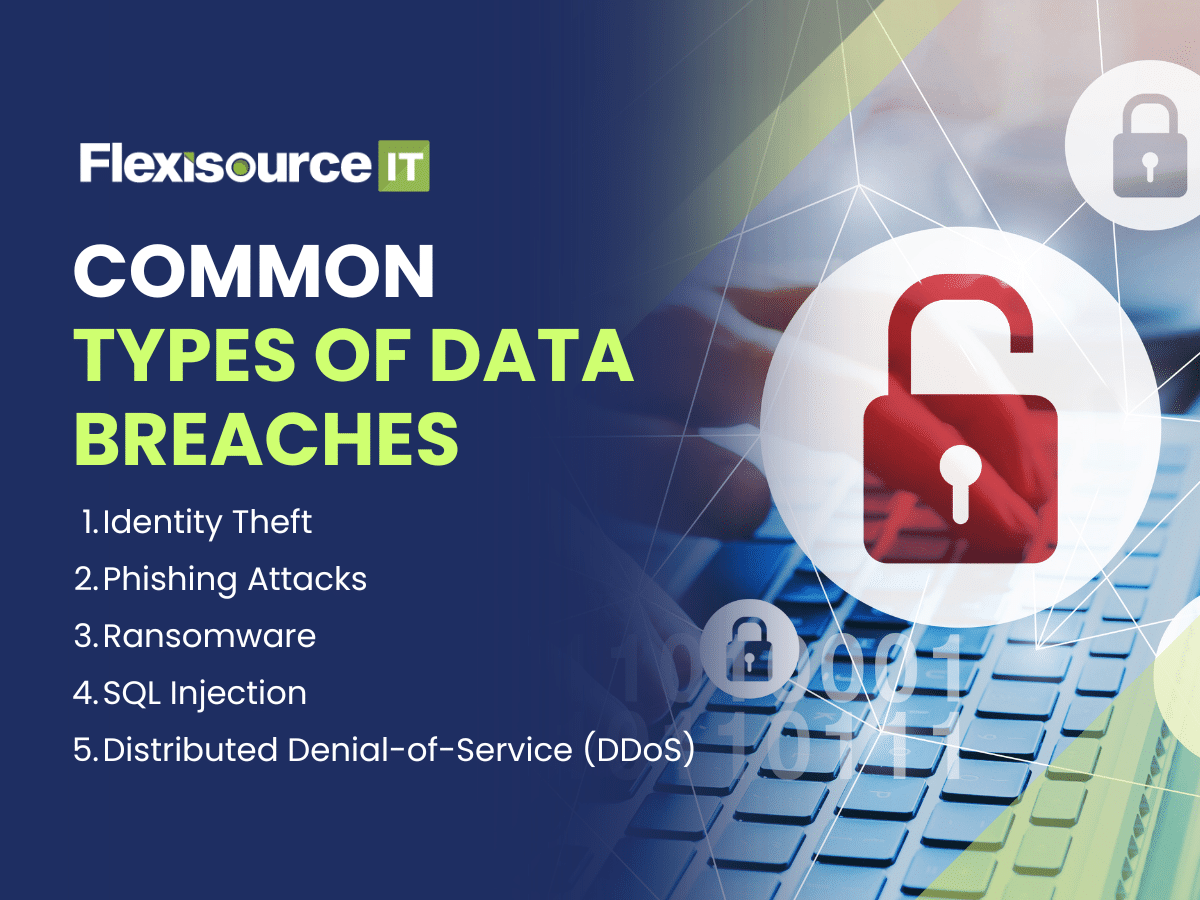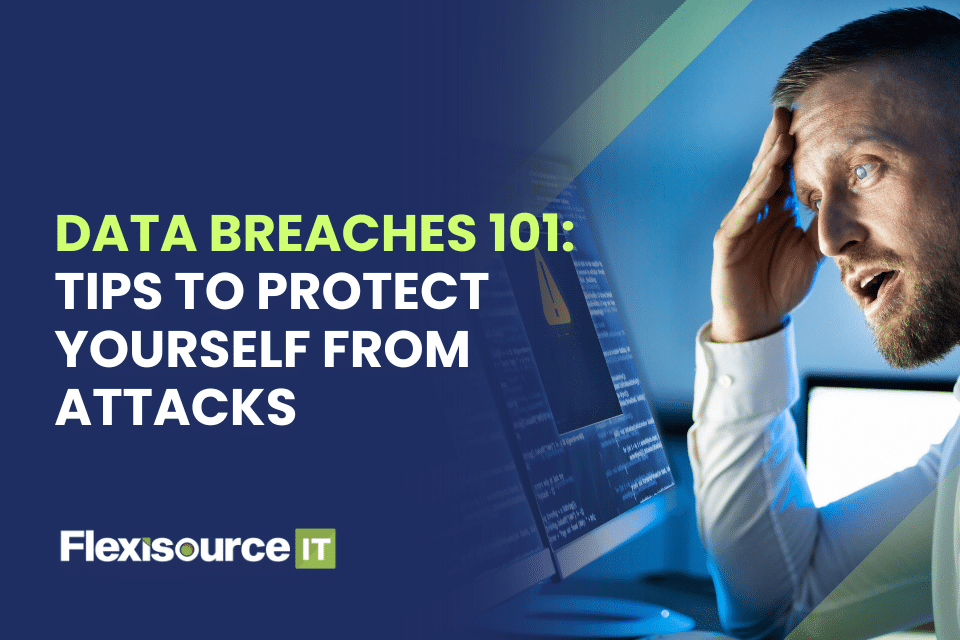Data Breaches 101: Tips to Protect Yourself from Attacks
Data breaches are the most dangerous of cybersecurity threats circulating around Australia and the Philippines. The damaging effects of having your clients and your personal information stolen for ransom have become a recent trend in cybercrime.
Companies in Australia like Canva and Medibank have experienced this cyber attack that has affected millions of people. Meanwhile, the Philippines is currently experiencing data breaches with major companies like the fast food giant Jollibee.
As a result, companies have become increasingly aware of the dangers of cybercrime. While awareness is the start of protecting your company, the next step is to plan ahead to prevent it. Listed below are the types of data breaches and how to prevent them.
What is a Data Breach, and Why Should You Be Concerned?
Data breaches can happen to any company. The most recent cybercrime is the multinational company Jollibee Corp data breach shows that cybercriminals can attack companies of all sizes without any prejudice. Australia’s MediSecure also experienced a ransomware attack that exposed the information and database of all MediSecure clients.
Major companies are always a target for cybercrime. However, it makes one wonder if a major company can experience such attacks, what more are startup businesses?
Startup companies tend to undermine the necessity of cybersecurity and it’s their biggest mistake. Regardless of your brand’s product or service, cybercriminals will always take the opportunity to use your data against you and your clients.
Ensure your company and its client is well-protected. Learn more about data breaches and take extra steps to keep your data safe.
Common Types of Data Breaches
There are many types of data breaches that can affect your company. However, there are a few that happen more commonly than others. Listed below are a few of them and what they do to your data.

Identity Theft
Identity theft is a very common data breach. The goal of identity theft is to freely commit malicious acts under the guise of someone else’s name. Cybercriminals use identity theft to completely copy the persona of the person’s identification.
Cybercriminals who manage to bypass your security can steal the information of your clients and your employees to use them for fraudulent acts. Unfortunately, many victims only learn their identity has been stolen when applying for a loan, job, or bank account.
Phishing Attacks
Data breaches like phishing attacks have become increasingly popular with cybercriminals. It’s similar to identity theft wherein they use the victim’s information and credentials to access specific websites.
Criminals will parade themselves as official sources requesting for the victim to click links or offers. Should the victim believe these requests, the hackers will have access to their sensitive information.
Ransomware
Data breaches like ransomware prefer not to commit identity theft or phishing. Instead, cybercriminals block their victims’ access to their data in systems unless an exact amount of money is paid.
Ransomware can come in two options: encryptors and screen lockers. Screen lockers block access to a specific website or account. Meanwhile, encryptors require a decryption key to regain access.
Ransomware attacks critical systems of businesses in order to receive payment for the resumption of their operations. It usually comes in the form of email or links that automatically install ransomware agents and begin encrypting the data.
SQL Injection
SQL injection data breaches manipulate SQL queries by placing codes in vulnerable applications of a company. As a result, the technique gives cybercriminals access to a company’s database to delete, modify, and delete data.
Damages caused by SQL injection to your IT infrastructure can result in irreparable damages to customer relationships, ransomware, identity theft, and destruction of code structure.
Distributed Denial-of-Service (DDoS)
Distributed denial-of-service, also known as DDos, is a type of attack that blocks access from your website and application by flooding its server with numerous internet traffic.
Unlike others listed in the types of data breaches, this type of cybercrime is usually committed by those exploiting cyber weakness while protesting against the company’s policies and statements.
However, there are finances that can be gained by hackers who commit DDoS. Some cybercriminals extort business owners with a ransom in order to repair the application or website’s servers.
5 Tips on How to Prevent Data Breaches
Now that we know about the common types of data breaches, it’s time to learn about cybersecurity tips and how they can protect your employees and company from the risk caused by cybercriminals.
Create a Data Breach Response Plan
The best way to prevent data breaches and increase your online security is to collaborate on the creation of a data breach response plan. Be ahead of the game and prepare your company for a data breach by having a collaborative meeting on how to respond should the worst come to happen.
Risks to data breaches should be mitigated by having an immediate response plan already prepared for such disasters. While a data breach can be considered as an unforeseeable event, assigning steps to employees should an event occur reduces time wasted.
The first thing to do is to prevent further damage or invasion of your data by containing and isolating the amount of information or control the hackers have access to. Next is to assess the damage, notify all members of the company, and those affected, investigate who damaged, evaluate the damages, and remedy them.
Utilise Data Breach Prevention Tools
Data breaches can also be prevented by using tools that can help you minimise any malicious attacks sent by cybercriminals. You can choose to hire developers skilled in creating cybersecurity enhancements to help you be alerted by any attacks and mediate the problems.
There are multitudes of data breach prevention tools that you can utilise with the help of cybersecurity specialists. Listed below are four tools that skilled developers may be able to implement.
Real-Time Alert
Real-time alerts that notify your organisation’s data are available on the dark web, which is one example of these prevention tools. Response and mitigation can be met faster once alerted of your information being released to the dark web for sale.
Data Set
Some tools that monitor the common cybercriminal hubs, such as hacker forums, dark web, and Telegram channels, are available. However, you will need to use frameworks that gather data sources to locate stolen data and their trades.
API Support
API support creates end-to-end remediation which can update software through a singular point of entry. This prevents external monitoring or cyberware attacks when updating your data’s cybersecurity.
Incident Response Tools
Some tools create quick responses and investigate which accounts were used by the attacker, create an idea of how the breach was performed, where it began, and gather important information regarding the investigation.
Educate Employees
Data breaches are common in today’s digital world. This is why educating your employees of its dangers is an absolute necessity. Hold a team meeting and announce consistent updates for dangerous scam activities that could be used to hack into their accounts.
Awareness of your employees and the dangers of potential cybercriminals interacting with them is the best prevention from your company’s dangers. Ensure that each employee is notified of the trending dangers and double-check when in doubt of links and forms sent.
Multi-factor Authentication (MFA)
Multi-factor authentication is another option wherein developers create a system where employees must pass through multiple processes before accessing their accounts. These authentication procedures usually involve using other devices and permissions from different authorities within the company.
Conclusion
Data breaches have become an intense problem over the years that startup businesses should not undermine. The damages to customer experience, potential ransoms, and heavy repercussions that many businesses may never recover from.
Hire world-class experts to prevent these damages and protect your company with advanced cybersecurity measures today with Flexisource IT!





